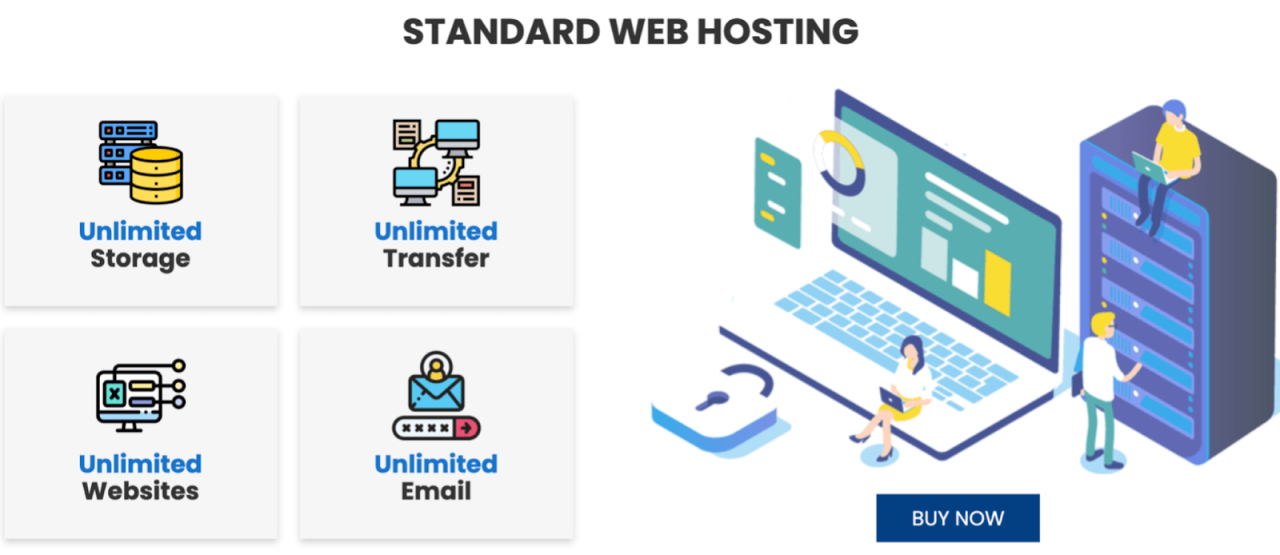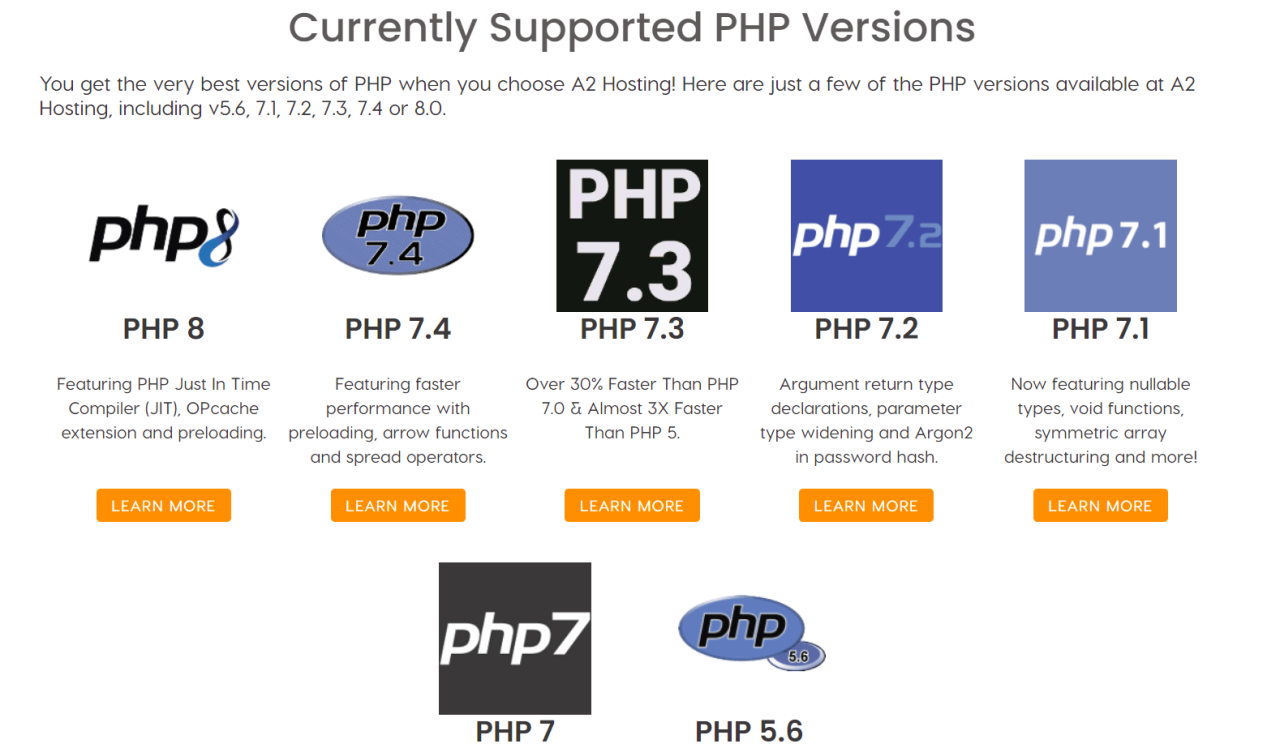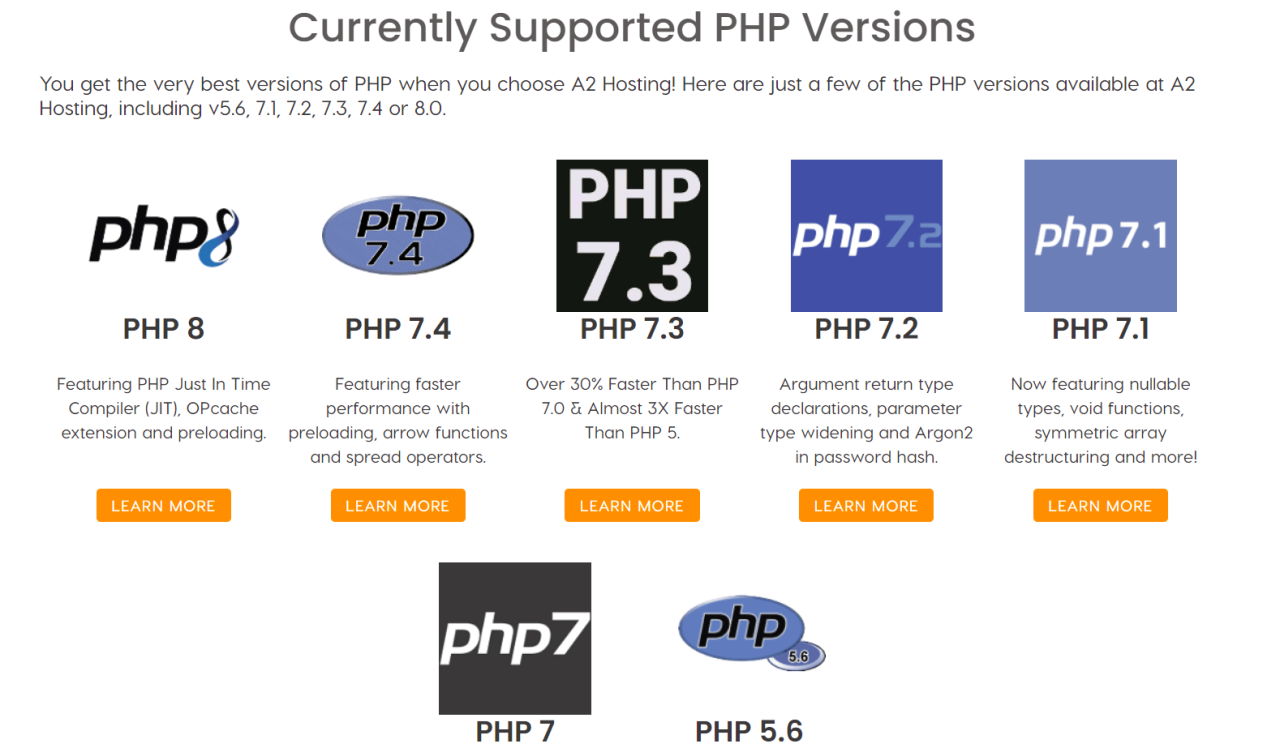PHP MySQL hosting is the backbone of many dynamic websites, powering everything from simple blogs to complex e-commerce platforms. This combination of a robust scripting language and a powerful relational database management system (RDBMS) offers a flexible and efficient solution for building interactive web applications. Whether you’re a seasoned developer or just starting your journey, understanding the fundamentals of PHP MySQL hosting is essential for creating engaging and dynamic online experiences.
This guide will delve into the key aspects of PHP MySQL hosting, exploring its advantages, considerations for choosing the right hosting provider, and practical steps for setting up your development environment. We’ll also cover important security measures, popular frameworks and libraries, and best practices for optimizing performance.
Benefits of PHP and MySQL for Web Development
PHP and MySQL are a powerful combination for web development, offering a robust and efficient solution for creating dynamic websites and web applications. This dynamic duo has been a staple in the web development world for years, and for good reason. Let’s explore the benefits of using PHP and MySQL together.
Compatibility and Efficiency
PHP and MySQL are seamlessly compatible, making it easy to integrate them into web projects. PHP’s ability to connect to MySQL databases allows developers to effortlessly retrieve, manipulate, and store data. This compatibility fosters a smooth workflow, enabling efficient data management and interaction with databases.
Popular Websites Built with PHP and MySQL
The popularity of PHP and MySQL is evident in the countless websites that utilize this combination. Some notable examples include:
- Facebook: The world’s largest social media platform leverages the power of PHP and MySQL for its user management, content storage, and data processing.
- Wikipedia: The online encyclopedia relies on PHP and MySQL for its extensive content management system, enabling users to edit and contribute to its vast database of knowledge.
- WordPress: The widely used content management system (CMS) utilizes PHP and MySQL for its core functionality, allowing users to create and manage websites with ease.
Open-Source Nature
PHP and MySQL are open-source technologies, meaning their source code is freely available for anyone to use, modify, and distribute. This open-source nature brings several advantages:
- Cost-Effective: Open-source software eliminates licensing fees, making PHP and MySQL a cost-effective choice for web development projects, especially for startups and small businesses.
- Large Community Support: The open-source nature fosters a large and active community of developers who contribute to the improvement and support of PHP and MySQL. This community provides a vast pool of resources, documentation, and support forums, making it easier for developers to find solutions and learn from others.
PHP/MySQL Security Considerations

Building secure PHP and MySQL applications is crucial for protecting sensitive data and ensuring the integrity of your website. Neglecting security can lead to serious consequences, including data breaches, financial losses, and damage to your reputation.
Input Validation and Sanitization
Input validation and sanitization are fundamental security measures that help prevent various vulnerabilities, particularly SQL injection attacks. These attacks exploit weaknesses in how applications handle user input, potentially allowing malicious code to be injected into database queries, leading to unauthorized access or data manipulation.
- Validation: This process checks whether the input data conforms to expected formats and constraints. For example, validating a username field to ensure it only contains alphanumeric characters and a specific length.
- Sanitization: This step removes or escapes potentially harmful characters from user input before it is used in database queries. This prevents malicious code from being injected into the query and executed by the database server.
For example, instead of directly inserting user input into a database query, sanitize it using functions like `htmlspecialchars()` to escape HTML characters and prevent cross-site scripting (XSS) attacks, or `mysql_real_escape_string()` to escape special characters for use in MySQL queries.
Securing Database Credentials
Protecting database credentials is critical to preventing unauthorized access to sensitive information.
- Store Credentials Securely: Never hardcode database credentials directly in your PHP code. Instead, store them in a secure configuration file outside of the web root directory. This prevents attackers from easily accessing the credentials.
- Use Strong Passwords: Employ strong passwords for database users, including a combination of uppercase and lowercase letters, numbers, and symbols. Avoid using common or easily guessable passwords.
- Limit User Privileges: Grant database users only the necessary permissions to perform their assigned tasks. Avoid granting unnecessary privileges, which can increase the risk of unauthorized actions.
Protecting Sensitive Data
Protecting sensitive data, such as user passwords, financial information, and personal details, is paramount.
- Hashing Passwords: Never store passwords in plain text. Instead, use strong hashing algorithms like bcrypt or Argon2 to hash passwords before storing them in the database. Hashing makes it extremely difficult to reverse the process and retrieve the original password.
- Data Encryption: Consider encrypting sensitive data both at rest (when stored in the database) and in transit (when being transmitted between the server and the client). This makes it much harder for attackers to access and exploit the data even if they gain access to the database.
- Regular Security Audits: Conduct regular security audits of your PHP and MySQL applications to identify potential vulnerabilities and implement necessary security measures. This proactive approach helps ensure your applications remain secure and protect sensitive data.
Optimizing PHP/MySQL Performance
A well-optimized PHP/MySQL application delivers a seamless user experience and ensures your website or application runs smoothly. This section explores strategies for improving the performance of PHP and MySQL applications, highlighting the importance of database indexing and query optimization, and presenting techniques for caching data and reducing server load.
Database Indexing
Database indexing is crucial for speeding up data retrieval from your MySQL database. Indexes act as shortcuts, allowing the database to quickly locate specific data without scanning the entire table.
- Create indexes on frequently queried columns: When your application frequently searches for data based on specific columns, indexing these columns significantly improves query performance.
- Use appropriate index types: MySQL offers various index types, such as B-tree, fulltext, and spatial indexes. Selecting the right index type for your needs is crucial for optimal performance.
- Avoid over-indexing: While indexing can enhance performance, excessive indexing can lead to slower write operations. Carefully consider the columns that truly require indexing to avoid performance bottlenecks.
Query Optimization
Optimizing your SQL queries is essential for reducing database load and improving application responsiveness.
- Use EXPLAIN to analyze query performance: The EXPLAIN allows you to understand how MySQL executes your queries, identifying potential bottlenecks and areas for improvement.
- Avoid SELECT *: Instead of selecting all columns, specify the columns you need to reduce the data transferred between the database and your application.
- Use JOINs effectively: When joining multiple tables, ensure you use the most efficient join types (e.g., INNER JOIN) and specify the appropriate join conditions.
- Limit the number of rows returned: Use LIMIT clauses to restrict the number of rows returned by your queries, especially for large datasets.
Caching Data, Php mysql hosting
Caching is a powerful technique for reducing database load and improving application speed. By storing frequently accessed data in memory, you can avoid redundant database queries.
- Use PHP’s built-in caching mechanisms: PHP offers various caching mechanisms, such as the `apc_cache` and `memcache` extensions, which allow you to store data in shared memory.
- Implement database-level caching: Many database management systems, including MySQL, offer built-in caching mechanisms. You can configure these mechanisms to cache frequently accessed data at the database level.
- Use third-party caching solutions: There are numerous third-party caching solutions available, such as Redis and Memcached, that offer advanced features and scalability.
Reducing Server Load
Minimizing server load is essential for ensuring your application remains responsive and stable.
- Optimize PHP code: By writing efficient PHP code, you can reduce the processing time and memory consumption of your application. This includes techniques such as using loops efficiently, avoiding unnecessary database queries, and optimizing code for performance.
- Use a content delivery network (CDN): A CDN distributes your website’s content across multiple servers, reducing the load on your origin server and improving content delivery speed.
- Employ load balancing: Load balancing distributes incoming traffic across multiple servers, preventing a single server from becoming overloaded.
- Monitor server performance: Regularly monitor your server’s performance metrics (e.g., CPU usage, memory consumption, database load) to identify potential bottlenecks and areas for optimization.
Epilogue: Php Mysql Hosting

By understanding the principles of PHP MySQL hosting, you’ll be equipped to build robust and scalable web applications. From choosing the right hosting provider to optimizing performance, this guide provides a comprehensive foundation for your journey into dynamic web development. Embrace the power of PHP and MySQL, and unleash your creativity in building engaging and interactive online experiences.





